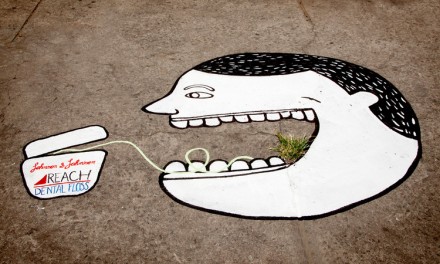We often categorize our purchases into two categories – needs and wants.
When you ask a child why he bought this toy with his allowance, he replies “because I wanted it”; when you ask an adult why he bought this car, he replies “because I needed it”.
When you ask dentists why people spend money to fill a cavity or place a crown or have a root canal, we say “because they need it”; likewise, when our patients refuse treatment they need, we say, “they didn’t want it”.
Dentists need to change the way we think about how people buy and why people buy.
People don’t buy things that they need or want; people buy things because they believe that whatever they are buying is worth more than it costs.
This means, if a patient accepts your treatment plan, she believes that maintaining, restoring, or replacing her dentition is worth more than the estimate you are proposing. She may not believe she needs it, and she may not want it, but she knows that there is value in having teeth and that value is worth more than the cost of treatment.
Why does this matter? When it comes to the cost of dental care, we need to understand what money is, how money is perceived, and how our patients establish value.
What is money?
There are two types of money, commodity money and representative money.
Commodity money’s value comes from the material of which it is made and sometimes its use. Gold, silver, and other metals are obvious commodity moneys. Less obvious commodity moneys are hammers, swords, alcohol, and clothes.
Representative money can be used as a claim on a commodity. Gold certificates and silver certificates are representative moneys because the material of which the certificate is made holds little value, but the commodity the certificate makes claim to does.
We are all familiar with trading representative money, but it’s doubtful that we have spent much time analyzing what our money represents. Prior to 1971, the US dollar was convertible to gold (a commodity). However, in today’s economy, the US dollar is unbacked by any commodity, and instead, is backed by the government’s “legal tender” and the ability of the people to convert dollars into goods via payment. In other words, money is not real, and the value of a dollar is tied more directly to the story we tell ourselves about the money (how we earned it and what we can buy with it) than how much gold we can claim with it.
Â
Here are Seth Godin’s thoughts about money, value, and the stories consumers tell themselves:
“Money’s pretty new. Before that, we traded. My corn for your milk. The trade enriches both of us, and it’s simple.
Money, of course, makes a whole bunch of other transactions possible. Maybe I don’t need your milk, but I can take your money and use it to buy something I do need, from someone else. Very efficient, but also very abstract.
As we ceased to trade, we moved all of our transactions to the abstract world of money. And the thing about an abstract trade is that it happens over time, not all at once. So I trade you this tuition money today in exchange for degree in four years which might get me a better job in nine years. Not only is there risk involved, but who knows what the value of anything nine years from now is?
Because of the abstraction and time shift, we’re constantly re-evaluating what money is worth. Five dollars to buy a snack box on an airplane is worth something very different than five dollars to buy a cup of coffee after a fancy meal, which is worth something different than five dollars in the grocery store. That’s because we get to pretend that the five dollars in each situation is worth a different amount—because it’s been shifted.
Most of the time, when we’re buying non-commodity items, we’re asking ourselves questions like:
How much pain am I in right now?
Do I deserve this?
What will happen to the price in an hour or a week? If it changes, will I feel smart or dumb?
What will my neighbors think?
Does it feel fair?
and, What sort of risks (positive and negative) are involved? (This is why eBay auctions don’t work for the masses).
Pricing based on cost, then, makes no sense whatsoever. Cost isn’t abstract, but value is.Money isn’t real. It’s a method of exchange, a unit we exchange for something we actually need or value. It has worth because we agree it has worth, because we agree what it can be exchanged for.
But there’s something far more powerful going on here.
We don’t actually agree, because each person’s valuation of money is based on the stories we tell ourselves about it.
Our bank balance is merely a number, bits represented on a screen, but it’s also a signal and symptom. We tell ourselves a story about how we got that money, what it says about us, what we’re going to do with it and how other people judge us. We tell ourselves a story about how that might grow, and more vividly, how that money might disappear or shrink or be taken away.
And those stories, those very powerful unstated stories, impact the narrative of just about everything else we do.
So yes, there’s money. But before there’s money, there’s a story. It turns out that once you change the story, the money changes too.”



